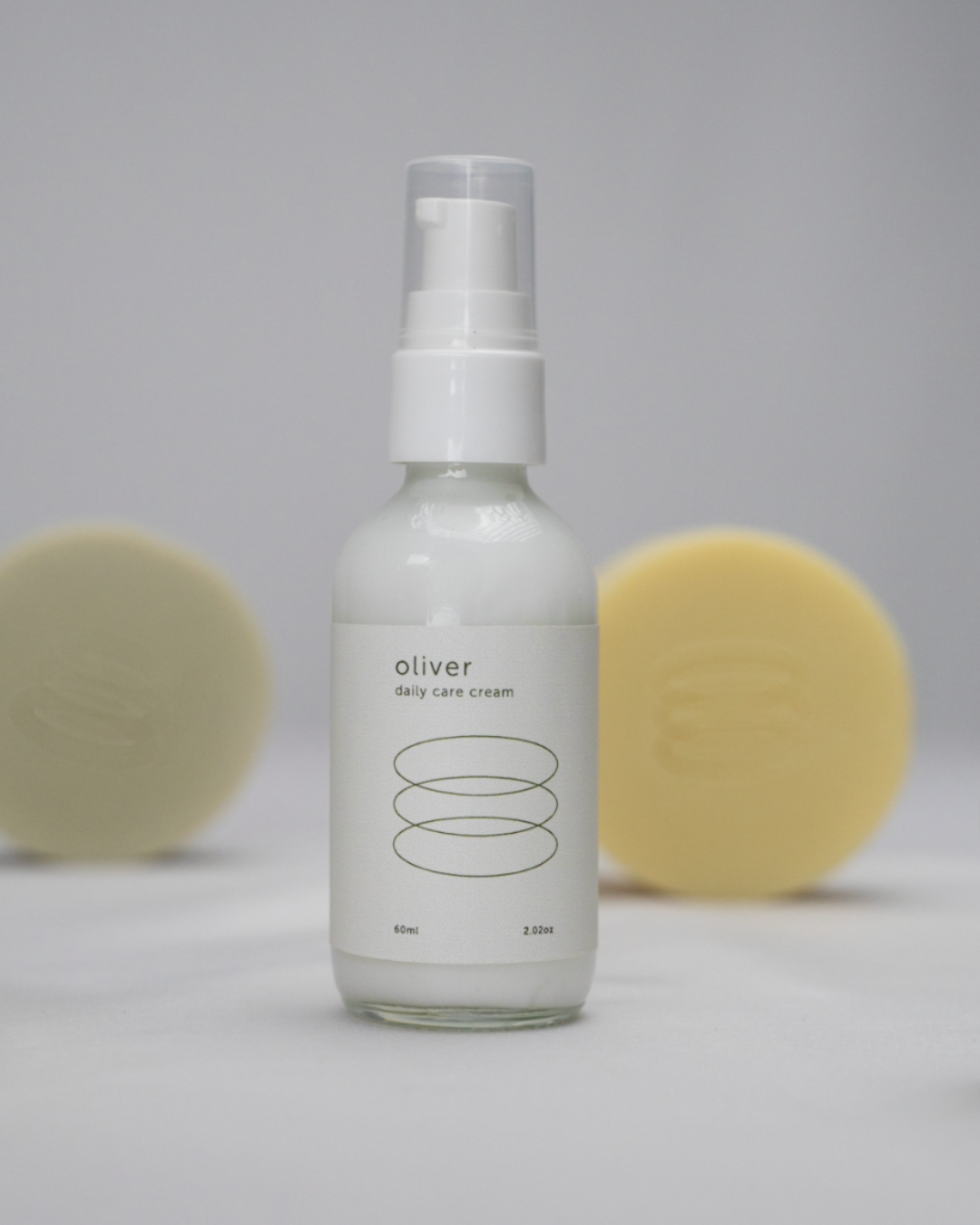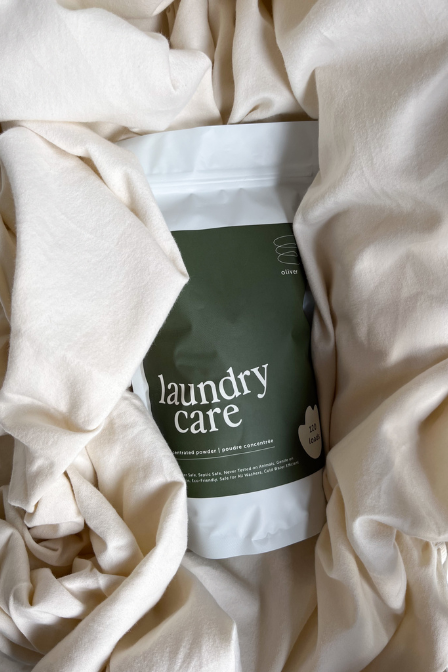the standard for endocrine safe beauty
What you put on your skin matters for your hormones. We’re dedicated to creating endocrine safe essentials that support your hormonal health. Our products are carefully crafted without any known or suspected endocrine-disrupting ingredients, so you can feel confident that the products you use daily aren’t messing with your hormones.
Common hormone-disrupting ingredients in skincare
Did you know that “fragrance” or “parfum” on a cosmetic label represents a complex mixture of dozens of chemicals? Since companies aren’t required by law to tell us which chemicals make up their fragrance, we can’t know what we’re being exposed to. EDCs like phthalates can be hidden in fragrance for their effectiveness at holding the scent in a product.
That’s why you’ll never see “fragrance” or “parfum” in any of our products.
Otherwise known as Butylphenyl Methylpropanol, Lilal was recently banned in the EU for being linked to infertility, Lilial is still used in the US and Canada as a common synthetic fragrance ingredient.
Used to treat hyperpigmentation and discoloration by inhibiting tyrosinase, the enzyme that produces melanin in the skin. Kojic acid has been recognized as an EDC.
Butylated Hydroxyanisole & Butylated Hydroxytoluene are synthetic antioxidants and preservatives used in personal care products. They are both suspected EDCs under review.
Used as a preservative to prevent bacterial growth in products. Includes any ingredient with "paraben" at the end like Methylparaben, Butylparaben and Propylparaben. Parabens are recognized as EDCs.
Commonly used to treat acne, eczema, psoriasis, and dermatitis. Resorcinol is an amino acid alcohol and antiseptic. Resorcinol has been recognized as an EDC.
Phytoestrogens are plant derived compounds that exhibit estrogen-like activity. Phytoestrogens are added to personal care products to reintroduce estrogen to the skin and combat visible signs of skin aging. Genistein and Daidzen are isoflavones found in soybeans that have been recognized as EDCs. While Lavender and Tea Tree are suspected EDCs. Other phytoestrogens include Resveratrol and Red Clover.
Used as an antibacterial and antifungal ingredient in personal care products. Triclosan and Triclocarban have been recognized as EDCs.
Active ingredients in chemical sunscreens absorb into the skin and have been linked to endocrine disruption. This includes Oxybenzone, Octinoxate, Octocrylene, Homosalate and Avobenzone.
- Salicylic Acid
- Cyclopentasiloxane (D5) and Cyclotetrasiloxane (D4)
- Benzyl Salicylate
- 4-Methylbenzylidene Camphor
Why Go EDC-Free?
The answer is simple. Your hormones control every biological process in your body. Endocrine disruptors interfere with that and make you feel "off".
We removed them from your personal care so you can be confident that the products you're putting on your skin aren't messing with your hormones.
We're creating a hormone healthy future
Unlike other cosmetic ingredients, endocrine disrupting ingredients don’t follow the assumption that “the dose makes the poison”, which the entire cosmetics industry is regulated on.
Other countries are addressing this, but US cosmetic regulations have been largely unchanged since 1938. To this day, the US bans only 11 ingredients, while the EU has banned over 1,600.
We believe that all endocrine disrupting chemicals are unnecessary in your personal care products. So we took them out.
Learn More - EDCs 101





